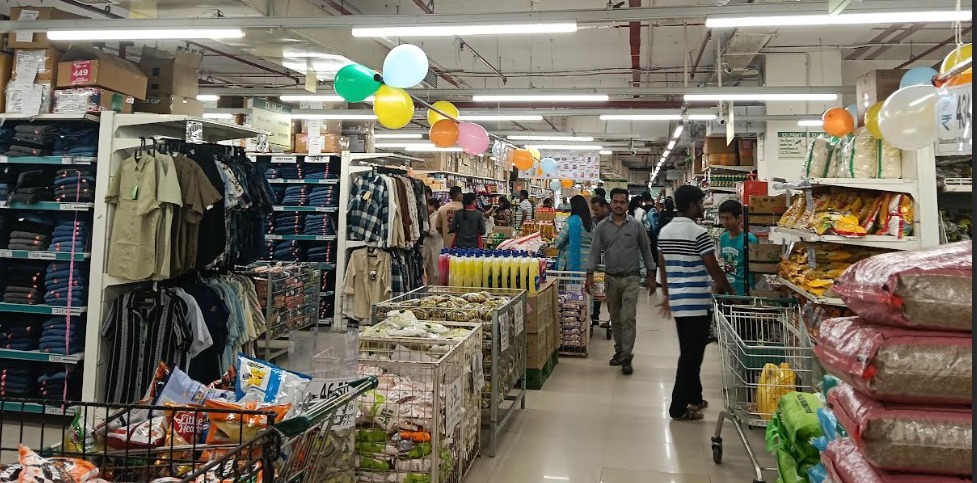Shoppers Get Smarter, DMart Pays the Price: A Rising Challenge of Everyday Theft

Shoppers Get Smarter, DMart Pays the Price: A Rising Challenge of Everyday Theft
DMart, one of India’s most trusted retail chains, is now dealing with a problem that has little to do with supply or demand—it’s theft by customers who find clever ways to sneak goods past the checkout. From chocolates and snacks to perfumes and even drinks, a growing number of shoppers are exploiting store loopholes and security blind spots, leaving the retailer with mounting losses.
One trend that has caught the attention of store managers is surprisingly simple. Customers pick up costly chocolates, walk into the trial rooms under the guise of trying clothes, and finish eating them in private. Since dressing rooms are not monitored by CCTV cameras for privacy reasons, these shoppers walk out empty-handed, return the clothes saying they don’t fit, and casually leave—without ever paying for what they consumed.
But it doesn’t stop there. Smaller, high-value items such as snacks, beverages, perfumes, and even artificial jewellery are being stolen in equally crafty ways. Some hide them in their handbags or under their clothes, pretending to be regular customers checking out apparel. By the time they head for the exit, the store’s security has little chance of noticing what’s missing.
Even with cameras and guards in place, the scale of DMart’s footfall makes it nearly impossible to keep an eye on every individual. According to retail observers, these daily thefts can amount to anywhere between ₹5,000 and ₹10,000—a figure that adds up to a substantial monthly dent for the retailer.
In response, DMart has stepped up its security measures. Expensive goods are now kept behind locked shelves, more CCTV cameras are being added, and staff members are positioned at strategic points to observe customer activity. Despite these precautions, some shoplifters still manage to outwit the system.
Experts believe that part of the solution lies in making customers more aware of the risks and consequences of shoplifting. Clearly displayed warnings about legal action, along with educational reminders, could discourage casual offenders. On the technological side, advanced tools like RFID tags and smart sensors are being recommended to strengthen surveillance.
DMart has also adopted a bag-tagging system to make concealment more difficult. Shoppers’ bags are locked with security tags that can only be opened at the billing desk, reducing opportunities to sneak out unpaid items. Yet, one persistent challenge remains: those who choose to hide products inside their clothing or underwear. In such situations, when staff attempt to intervene, customers often turn defensive, making enforcement complicated.
Adding to the frustration are customers who casually eat chocolates or sip drinks while shopping. At checkout, they sometimes claim they simply forgot to pay because of hunger, or worse, they leave empty wrappers and cans on shelves—further burdening store management.
Retail specialists agree that tackling this issue requires a three-pronged strategy better technology, stronger enforcement, and continuous customer education. For DMart, the task is ongoing—finding ways to protect its bottom line without disrupting the shopping experience that millions of Indian households rely on.












